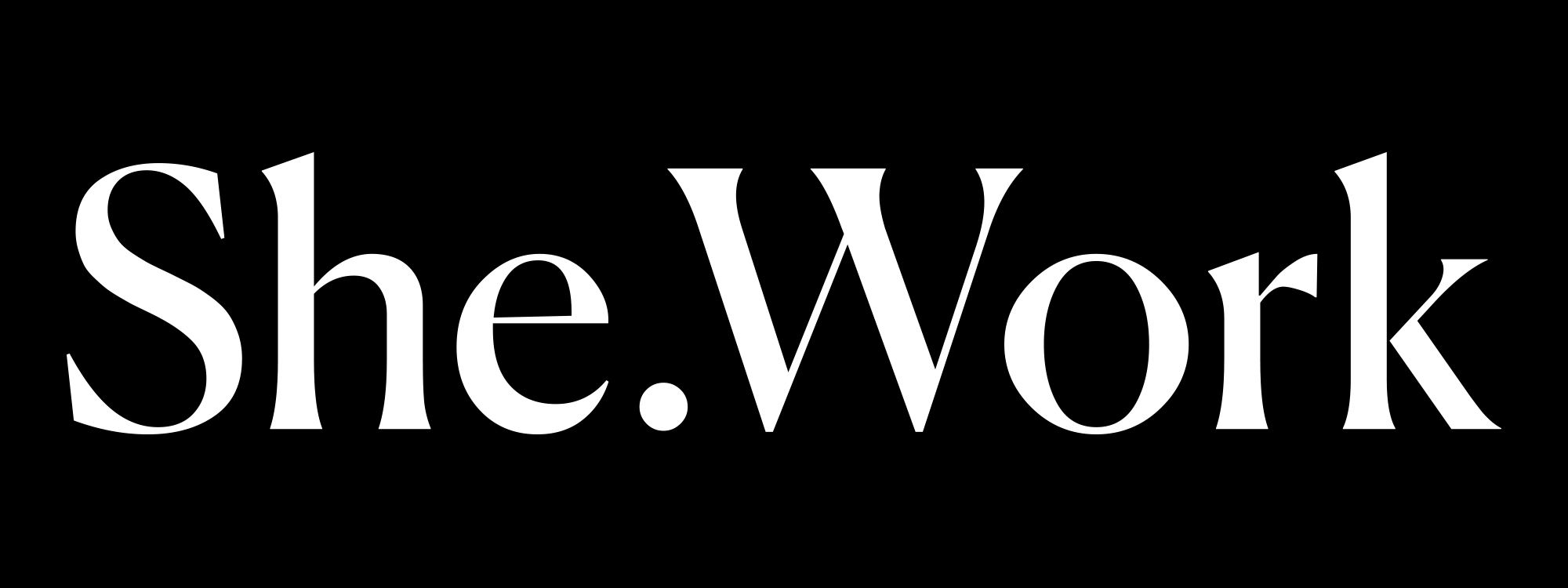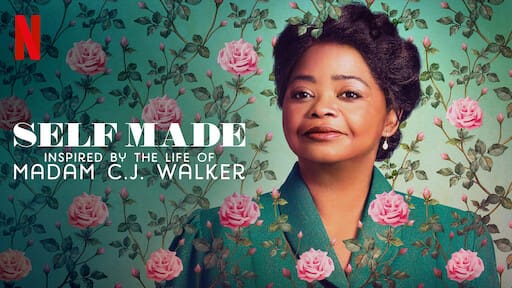Skill stacking is the strategic process of developing and combining multiple skills that complement each other to enhance career success. Instead of mastering a single skill, professionals focus on building a diverse toolkit of abilities that make them more versatile and competitive in the job market.
This approach helps individuals differentiate themselves by blending technical, creative, and soft skills to create a unique value proposition. It’s particularly effective for career growth, entrepreneurship, and leadership roles.
Key Characteristics of Skill Stacking
- Diverse Skill Acquisition: Learning skills across different domains to expand expertise.
- Complementary Knowledge: Choosing skills that enhance each other (e.g., graphic design + digital marketing).
- Cross-Industry Application: Applying skills in multiple work environments for greater flexibility.
- Problem-Solving Agility: Using a mix of hard and soft skills to adapt to challenges.
- Competitive Differentiation: Standing out in the job market by offering a rare combination of abilities.
Why Skill Stacking Matters
- Boosts Career Flexibility: Opens doors to multiple industries and roles.
- Increases Employability: Employers seek versatile professionals who can wear multiple hats.
- Encourages Innovation: A combination of skills allows for creative problem-solving and unique insights.
- Enhances Earning Potential: Multi-skilled professionals often have higher salaries and entrepreneurial success.
- Future-Proofs Careers: Ensures professionals remain relevant as industries evolve.
Examples of Skill Stacking in Action
- A content creator combines writing, SEO, and video editing to maximize engagement.
- A marketer blends psychology, data analysis, and storytelling to enhance campaign success.
- A software engineer pairs coding expertise with business strategy to become a tech entrepreneur.
- A healthcare professional adds public speaking and social media management to build a personal brand.
How to Start Skill Stacking
- Identify Core Skills: Determine your strengths and industry-relevant expertise.
- Choose Complementary Skills: Look for skills that enhance your existing abilities.
- Leverage Online Learning: Take courses on platforms like Coursera, Udemy, and LinkedIn Learning.
- Practice in Real-World Settings: Apply new skills in projects, side gigs, or professional tasks.
- Network with Multi-Skilled Professionals: Learn from others who successfully blend skills.
- Continuously Evolve: Stay updated on industry trends and adapt accordingly.
Challenges of Skill Stacking
- Balancing Depth & Breadth: Avoid spreading yourself too thin by maintaining strong expertise in core skills.
- Time & Effort Investment: Developing multiple skills requires commitment and continuous learning.
- Choosing the Right Combinations: Not all skill sets complement each other effectively.
- Overcoming Resistance in Traditional Roles: Some workplaces may prefer specialists over generalists.
The Future of Skill Stacking
As industries become more interdisciplinary and fast-paced, professionals with diverse skill sets will have a competitive edge. Employers are increasingly valuing individuals who can adapt, innovate, and bridge multiple areas of expertise.
Skill stacking isn’t just about knowing more—it’s about strategically combining skills to unlock new career opportunities and increase your value. The more versatile you are, the more doors you can open.
Remember: Your greatest asset isn’t a single skill—it’s how you stack them together.
✱ If you liked this article, please share it with a friend who could use inspiration.
If you have a topic in mind or a story to share anonymously or with your name, email us at team@she.work
✿ Thank you for reading!
Subscribe to be our bestie, no spam—just good vibes once a month.






